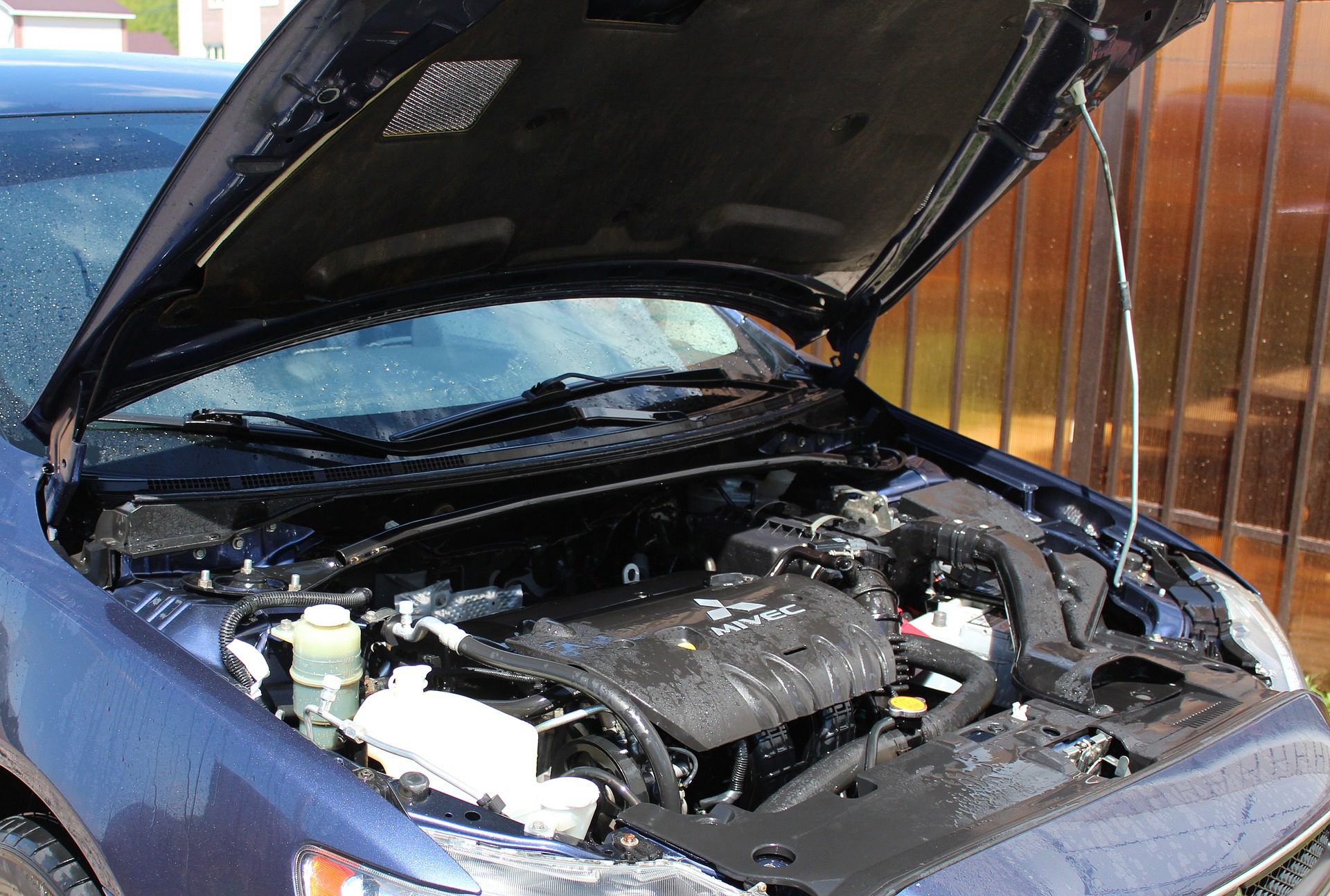

Protecting Your Vehicle from Rodents: A Guide
Unfortunately, vehicles are very attractive to rodents, especially during the winter. They provide countless nooks and crannies that are dark, protected, and warm- perfect for building a nest. To help keep the rodents at bay, we put together this guide for identifying and preventing rodent infestations in your vehicle.
Signs
First, let’s take a look at the signs of a vehicle rodent infestation.
Mechanical or Electrical Issues
Rodents will chew through just about anything, including wires. It is not uncommon for a vehicle with rodents to start having mechanical or electrical issues because wires have been chewed through. In addition to causing performance issues, frayed or broken wires can be a serious fire hazard.
Droppings
Everywhere they go, rodents leave behind droppings and urine. Their droppings are roughly the same shape as a piece of rice.They vary in size depending on the type of rodent- mouse and chipmunk droppings are about the same size as a grain of rice, while rat and squirrel droppings are a little bit bigger. Needless to say, rodent droppings and urine are extremely unsanitary and can be hazardous to health.
Weird Smells
Rodents are rather stinky animals, so if you start getting wafts of strange or foul smells in your vehicle, there could be an infestation. The smells often come from the air vents, as rodents like to travel in and out of the vehicle through the ventilation system.
Chewed material
Rodents like to chew up soft materials to build their nests. In a vehicle, they go for things like upholstery, seat cushions, foam, insulation, and napkins or tissues. New holes in the vehicle’s seats, chewed seat belts, and confettied napkins are all signs of rodent activity.
A Nest
Rodent nests typically look like a ball of shredded soft materials. Rodents build their nests in protected and preferably warm places. In a vehicle, such places include the box that holds the vehicle’s air filter, under the plastic engine cover, under the seats, or in the ventilation system. They will sometimes build their nest in an area of the vehicle that heats up when the vehicle is in use. They do this as a way to keep warm in the winter, but their nests are composed of various flammable materials and can pose a fire hazard if they are too close to a heat source.
Pro Tips
Here are some expert tips for infestation prevention in vehicles.

Block Entrances
Use a wire screen to block off all entry points like engine openings. Many rodents use wheels as entry points, so place traps around or on top of the wheels. If the vehicle is kept in a garage, block off all entry points in the garage as well.
Remove Attractants
Never leave food or food wrappers in the vehicle and store all napkins and tissues where rodents can’t get them. Try to park more than 20 feet from any food or water sources like vegetable gardens, ponds, pet food bowls, bird feeders, and garbage cans that hold food waste. If you don’t use a bird feeder but rather scatter birdseed on the ground, scatter it away from the parking area. If the vehicle is in a garage, avoid storing food and nesting materials, like patio furniture cushions and cardboard, in the garage.
Use Repellents
Chemical based repellents are available that taste or smell bad to rodents. If you prefer not to use chemical repellents, there are a number of alternatives such as peppermint oil, clove oil, red pepper, Pine-Sol, dryer sheets, cat or dog hair, used cat litter, or powdered fox urine. Ultrasound devices also work well. Rodents can hear ultrasonic sound waves that humans cannot, and these devices emit such sound waves to drive the pests away.
Drive Often
Use the vehicle regularly to discourage any rodents from moving in. You don’t have to go far- even if you only move it a few feet each time, frequent usage makes rodents feel that the vehicle is not a suitable home.
Open the Hood
If the vehicle is kept in storage for the winter, open the hood before you leave it. Rodents like to nest in dark areas, and leaving the hood open will help keep the engine area illuminated and therefore unattractive to rodents.
Want to know more about these gnawing pests? Check out our resources page or give one of our experts a call today!






